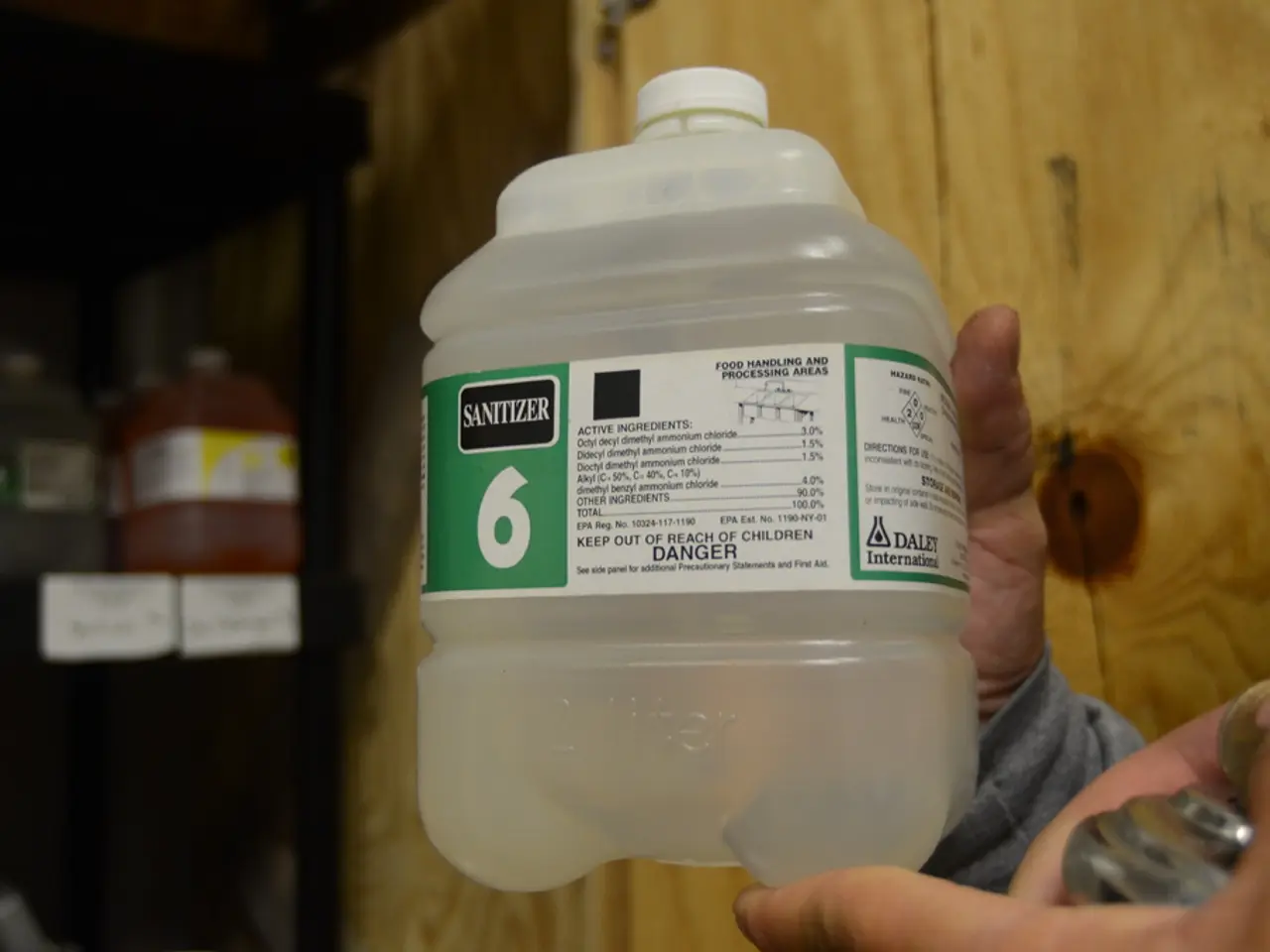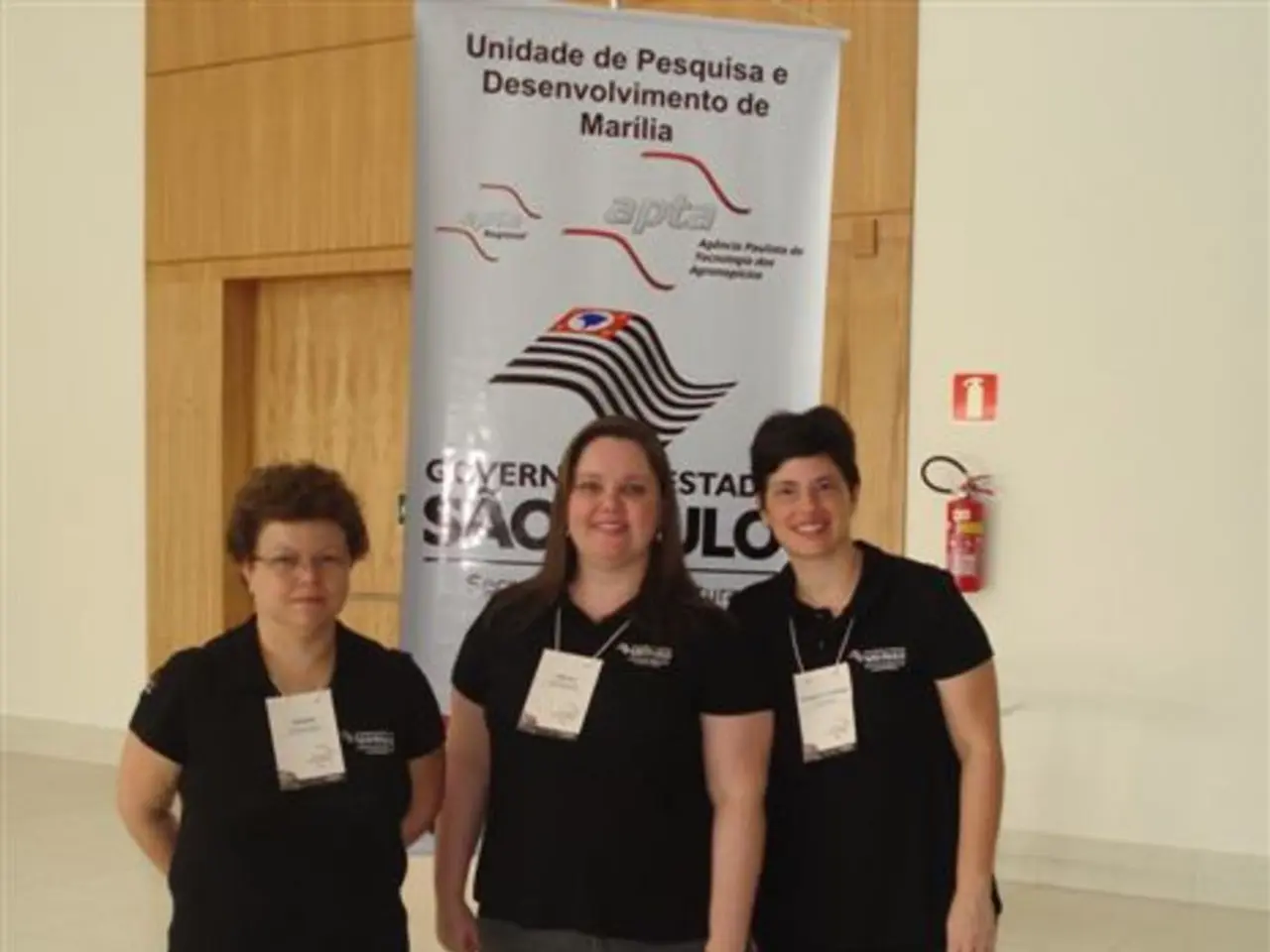Cell Therapy and Gene Editing Advancements Highlighted at 2025 CGT Conference
Cell and Gene Therapy Commercialization: Navigating Challenges and Embracing Innovation
Cell and gene therapy (CGT) commercialization is a complex endeavour, requiring a patient-centric approach, adaptive regulatory strategies, and innovative financing models to address the unique scientific, clinical, and economic challenges of these groundbreaking therapies.
At the recent CGT Summit, speakers emphasised the critical work ahead in navigating regulatory pathways, scaling manufacturing, and designing patient-centered commercialization strategies. The event brought together a small, high-caliber group of participants from across the U.S. and internationally, underscoring the importance of cross-sector dialogue in realizing the full potential of CGT innovation.
Patient-centered design in CGT commercialization involves tailoring therapies to the unique needs of patients. This includes developing flexible clinical trial designs for rare and ultra-rare diseases and involving patient advocacy groups early in funding and development to ensure therapies address patient priorities and are accessible. Maintaining high safety and efficacy standards is critical to delivering effective, safe treatments.
Regulatory pathways for CGTs are complex and vary globally. Some countries offer accelerated approval mechanisms for innovative therapies, while others have more burdensome or unclear requirements. Flexible and adaptive regulatory frameworks that recognize the distinctive nature of CGTs are emerging as key facilitators of commercialization.
Payment models for CGTs need innovative approaches because of the high upfront costs and often one-time administration yielding long-term benefits. Collaborative funding involving patient groups, academia, and industry helps sustain development of less common therapies. Emerging financing approaches include outcome-based payment models, annuity payments, and private financing from venture capital and partnerships.
In-vivo cell engineering offers greater scalability and potential for use in underserved or resource-limited settings, challenging conventional business models. Tech transfer in manufacturing remains a significant hurdle, and companies should choose partners with CGT-specific capabilities. Prioritizing partnerships with contract manufacturing organizations (CMOs) is essential as companies scale their production process.
Biotech companies face challenges bringing a product to market, including regulatory pathways, payment models, and patient-centered design. To overcome these hurdles, businesses must proactively educate regulators, adapt Chemistry, Manufacturing, and Controls (CMC) strategies, and co-develop expectations to help clear the path towards innovation.
Investors demand a fully integrated strategy from bench to bedside to simplify and decrease the length of R&D. Biotech companies need to invest in purpose-built, scalable IT platforms to support complex CGT programs. The Foundation for the NIH (FNIH) plays a critical role in designing public-private partnership models to advance therapies and potential cures.
The "Valley of Death" between discovery and commercialization can last over 17 years due to the complex ecosystem created from the connection between product development, evidence generation, infrastructure, and long-term follow-up. Financing systems are built around chronic illness, not curative therapy, prompting stakeholders to call for a re-architecture of health economic models.
Businesses are starting to use value-based and outcomes-based contracts to tie prices to the therapy's impact, and warranty models are being considered with the aim of reducing payer burden and offering risk-sharing mechanisms. Transition from autologous to allogeneic therapies for improved scalability and reduced cost requires new process parameters and early standardization.
Emphasis on adaptive process control, Quality by Design (QbD) frameworks, and real-time QA in CGT manufacturing is crucial. The patient's journey is central to success, and biotech companies should design with intention and include partners who can help smooth this path.
In summary, successful CGT commercialization integrates patient-centered therapy design, adaptive global regulatory strategies, and innovative, collaborative financing and reimbursement models to address the unique scientific, clinical, and economic challenges of these groundbreaking therapies. For more insights on trends and challenges in the cell and gene therapy industry, feel free to contact us today.
- Biotech companies must invest in purpose-built, scalable IT platforms to support complex CGT programs, as investors demand a fully integrated strategy from bench to bedside.
- The "Valley of Death" between discovery and commercialization can last over 17 years due to the complex ecosystem created from the connection between product development, evidence generation, infrastructure, and long-term follow-up.
- To overcome the hurdles faced in bringing a product to market, biotech companies must proactively educate regulators, adapt Chemistry, Manufacturing, and Controls (CMC) strategies, and co-develop expectations to help clear the path towards innovation.
- At the recent CGT Summit, speakers emphasized the critical work ahead in navigating regulatory pathways, scaling manufacturing, and designing patient-centered commercialization strategies.
- Flexible and adaptive regulatory frameworks that recognize the distinctive nature of CGTs are emerging as key facilitators of commercialization, addressing the complex and varying global regulatory pathways for CGTs.
- Prioritizing partnerships with contract manufacturing organizations (CMOs) is essential as companies scale their production process to tackle the in-vivo cell engineering challenges offering greater scalability and potential for use in underserved or resource-limited settings.
- Patient-centered design in CGT commercialization involves tailoring therapies to the unique needs of patients, including developing flexible clinical trial designs for rare and ultra-rare diseases and involving patient advocacy groups early in funding and development.
- Maintaining high safety and efficacy standards is critical to delivering effective, safe treatments and ensuring therapies address patient priorities and are accessible in a patient-centered approach.
- In summary, successful CGT commercialization integrates patient-centered therapy design, adaptive global regulatory strategies, and innovative, collaborative financing and reimbursement models to address the unique scientific, clinical, and economic challenges of these groundbreaking therapies, from life sciences to health-and-wellness and consumer products industries.




